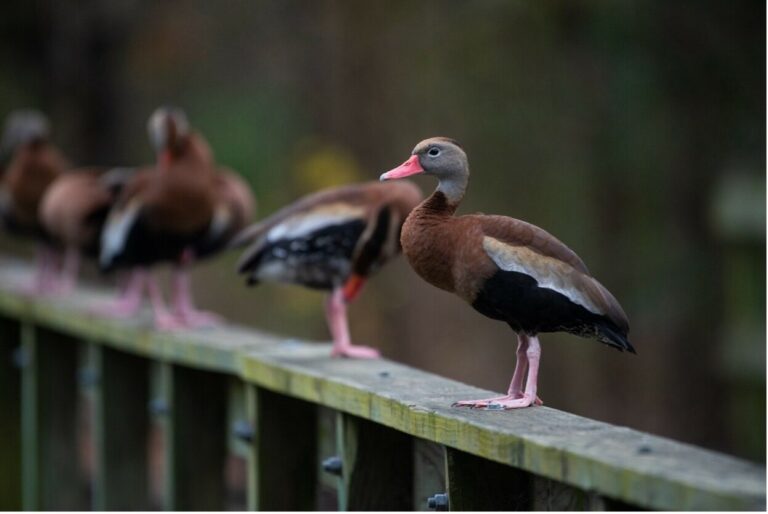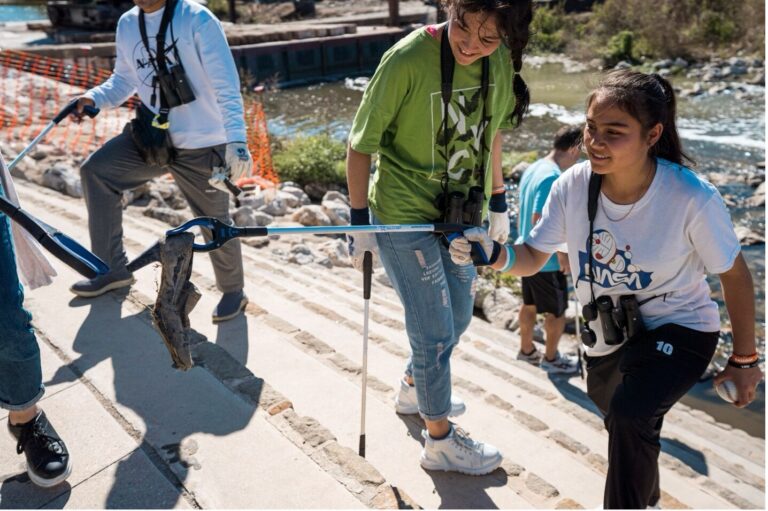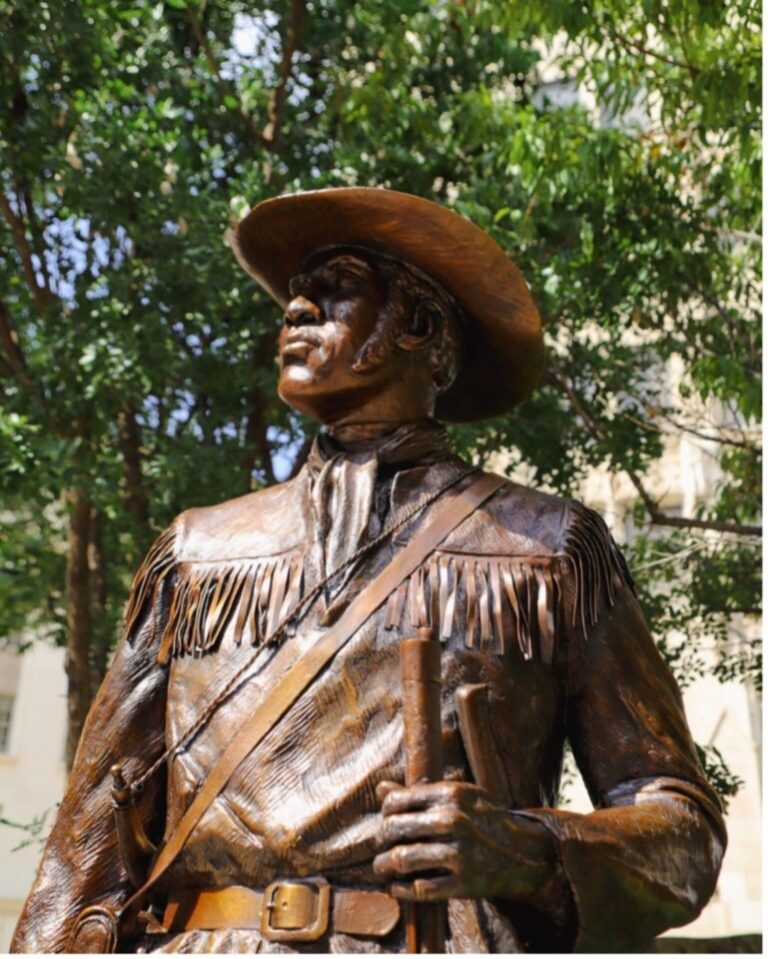Last Updated on January 30, 2024
In our quarterly RIVER CAMP! series, we invite younger supporters of the San Antonio River (and those young at heart) to learn more about this precious freshwater resource. Tune in for educational information, river-centric activities, great videos, and even ways families can take personal actions for a sustainable river!
Imagine the serene spot where a gently flowing river meets the ocean. Where freshwater flows from the river into the salty water of the sea, you can find a unique ecosystem called an estuary.
In celebration of National Estuaries Week, let’s dive into this important ecosystem. Read on to learn more!
What is an estuary?
Estuaries are bodies of water that form where rivers meet the ocean and mix freshwater with saltwater; think of it as a river-ocean handshake! The mixing of these waters is a very important feature of this ecosystem that sustains many different kinds of plant and animal communities.
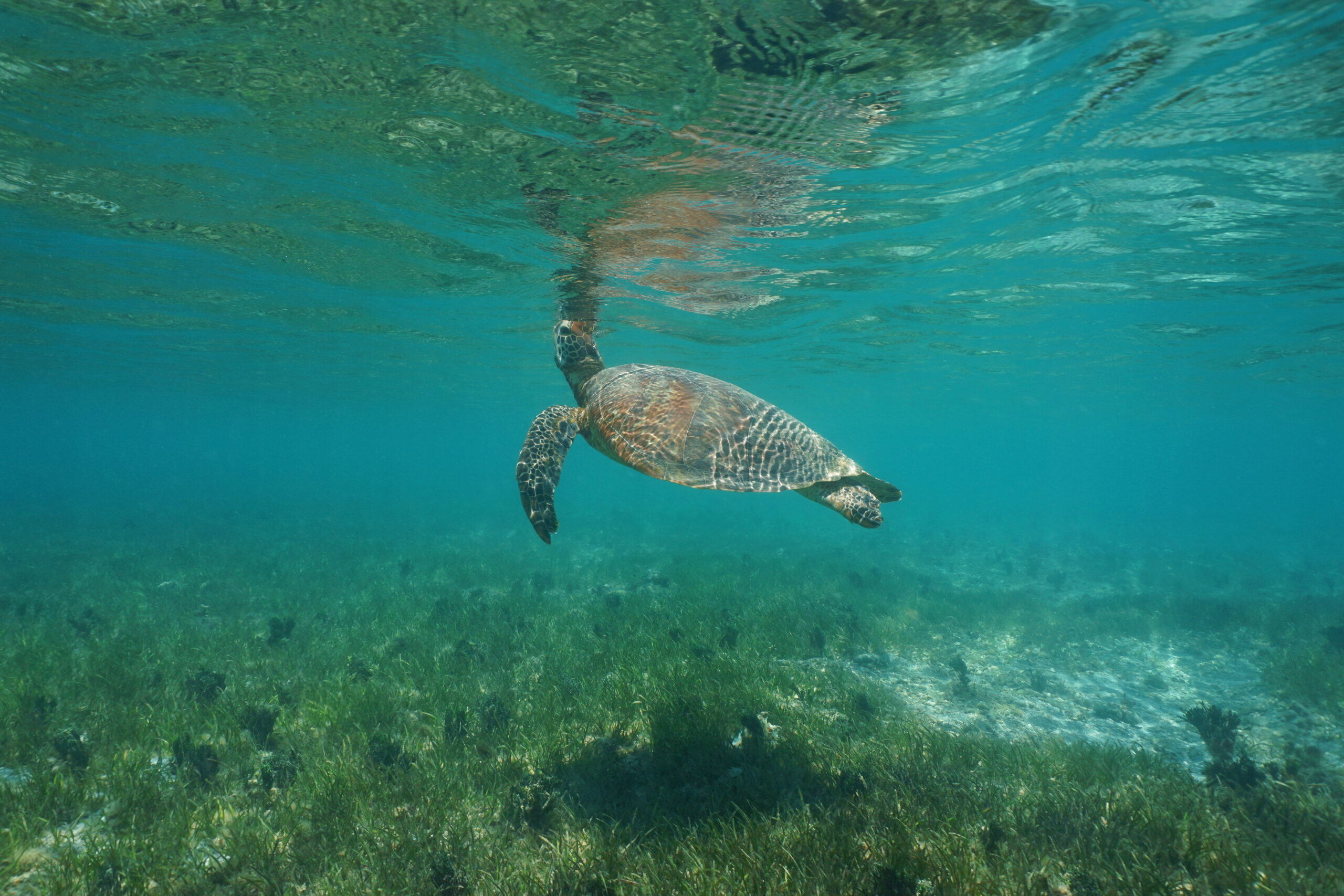
Is San Antonio Bay an estuary?
After the San Antonio River has traveled 240 miles from its headwaters in San Antonio, it merges with the Guadalupe River before their waters enter San Antonio Bay. The bay is a large part of the Guadalupe Estuary, which consists of Mission Lake, Hynes Bay, Espiritu Santo Bay, and Mesquite Bay. Many migratory birds who navigate the North American Central Flyway rely on this estuary ecosystem to rest before continuing their journey. Some birds, like the Whooping Crane, conclude their seasonal migration once they have reached the bay.
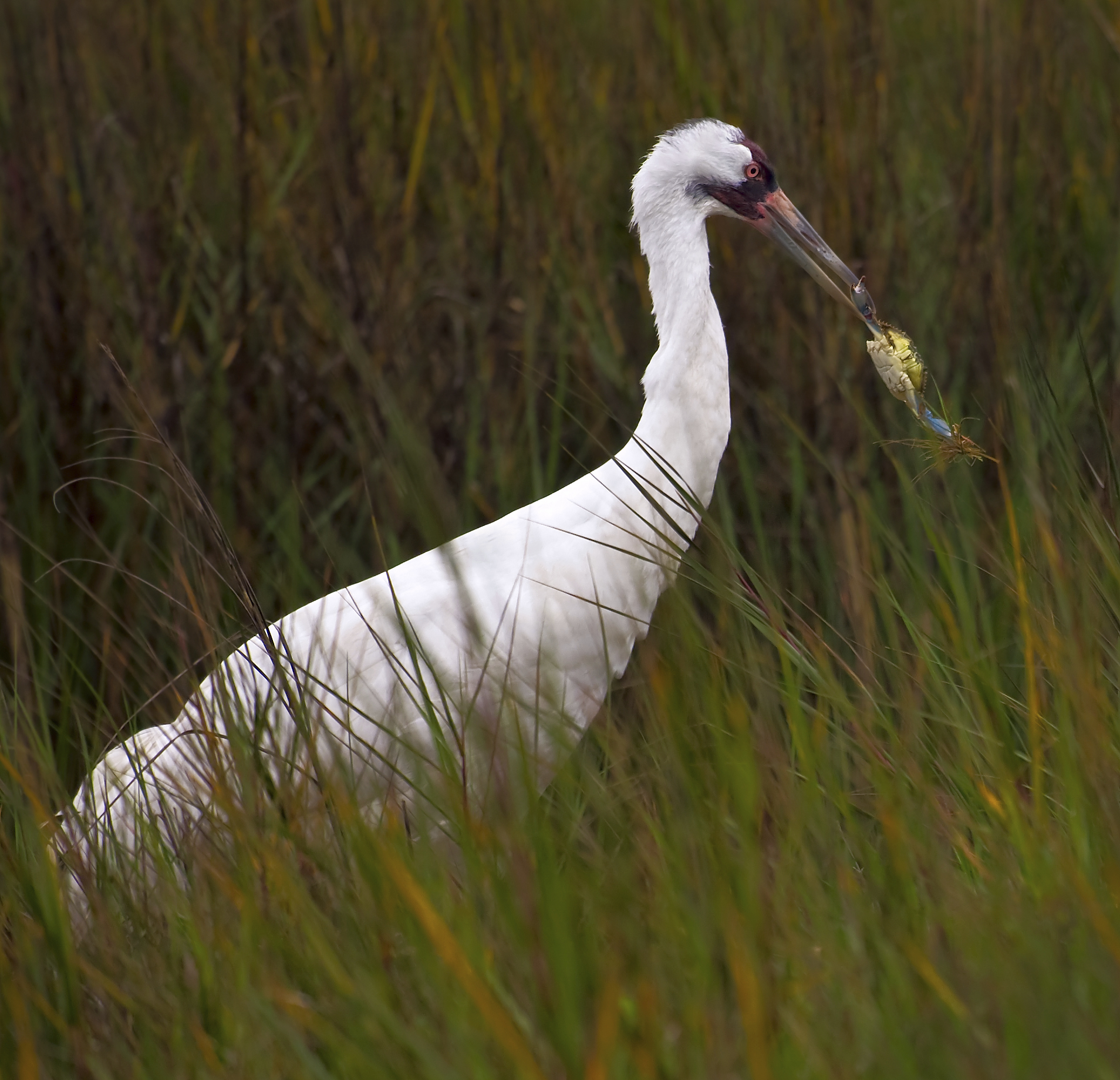
Whooping Cranes are the tallest bird in North America, growing up to 5 feet tall! Right: The North American Central Flyway (Artwork courtesy Texas Parks and Wildlife Department)
Why are estuaries important?
Estuaries provide many benefits to the plants, animals, and people who live nearby. Strong storms that strike the Texas coast are protected by estuaries. They protect the coast by absorbing the storm surges like a sponge and provide a barrier to keep inland plants and animals safe from the waves and wind. Estuaries commonly contain seagrasses—underwater grasses that produce oxygen, provide shelter to native species, help with erosion control, and maintain clear water by holding the ground in place with their roots. Additionally, estuaries offer a serene environment where people of all ages can recreate safely. From paddling to fishing to birdwatching, there are many activities you can enjoy!
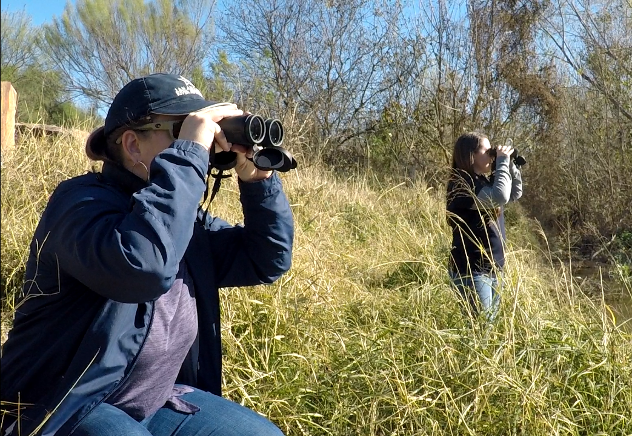
Speaking of birdwatching, remember the Whooping Crane we mentioned earlier? If you visit San Antonio Bay between October and April, you may be lucky enough to spot one of these rare birds! Why are they rare, you ask? Well, unfortunately, the Whooping Crane is endangered. In fact, their population shrank to only 16 birds back in 1941! Thankfully, efforts to support these fantastic creatures have boosted their numbers to around 500 birds today. Celebrate their current population numbers by making your own whooping crane sock puppet.
Since Whooping Cranes rely on just the right balance of saltwater from the gulf and freshwater from incoming rivers, we must do our part to make sure there is a healthy flow of clean freshwater from the San Antonio River into the bay.
How can we keep bays and estuaries healthy?
People who live within the San Antonio River Watershed have the power to positively or negatively impact the valuable habitat that San Antonio Bay provides. By being careful of the freshwater we consume, especially during a drought, we can reduce the stress on our water reserves and help maintain an adequate flow of freshwater in the river. We can also keep the land clean to prevent pollution from reaching our local waterways. Finally, supporting or installing green infrastructure features in your community help to prevent polluted stormwater runoff from entering our local creeks and the San Antonio River. Together we can benefit these essential and delicate ecosystems so that they can benefit us!
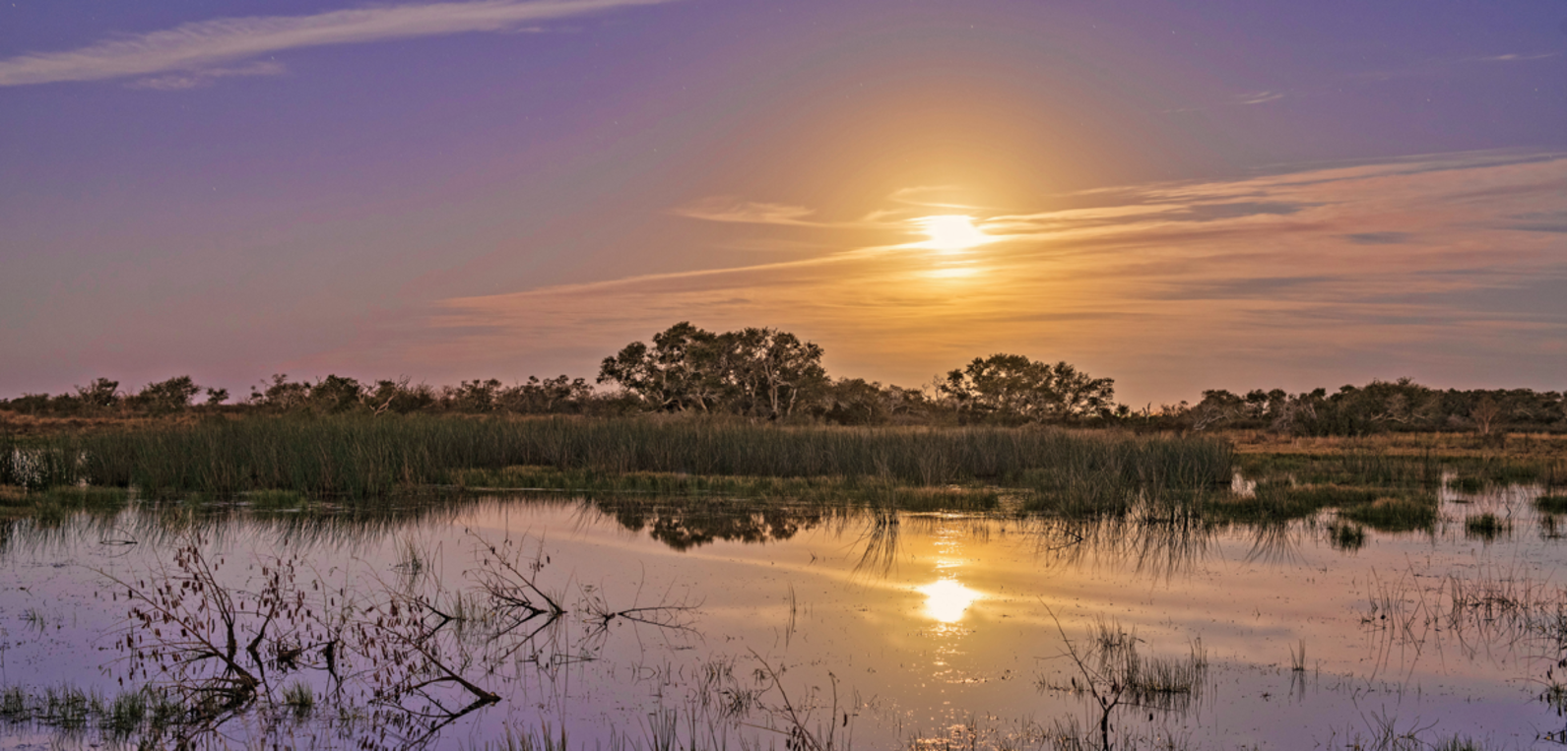
The River Reach is back!
River Reach is a quarterly, 12-page newsletter that is designed to inform the San Antonio River Authority’s constituents about the agency’s many projects, serve as a communication vehicle for the board of directors and foster a sense of unity and identity among the residents of Bexar, Wilson, Karnes, and Goliad counties.
If you wish to be placed on the mailing list for River Reach, please contact us or complete the form.


